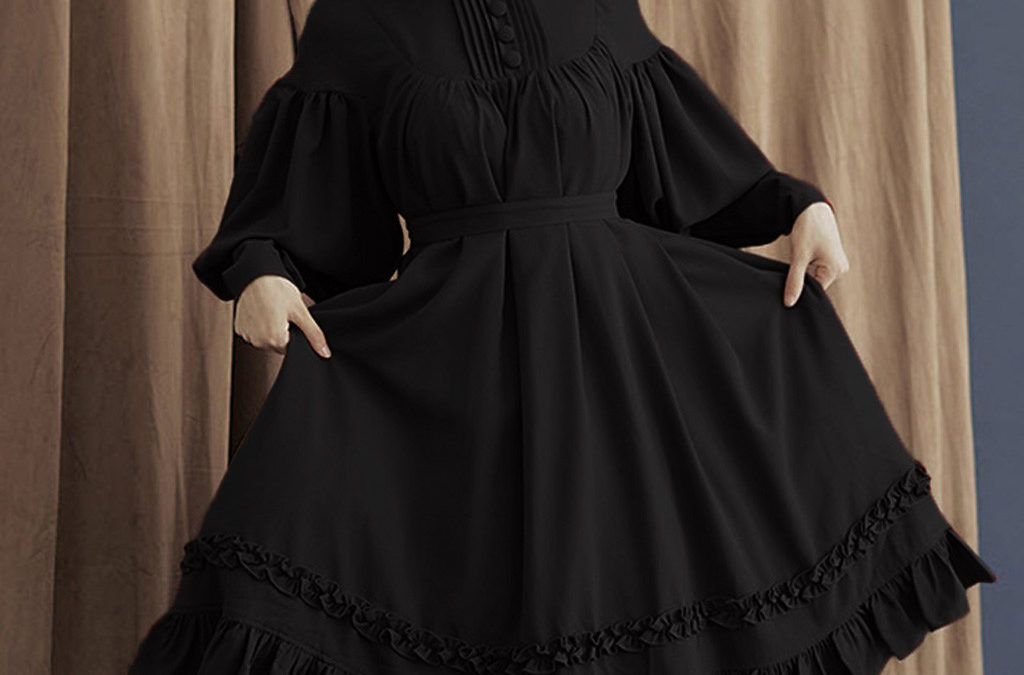 The picnic celebrates Ada’s sexual awakening on her twelfth birthday. * It’s a picnic during which she initiates a life-long incestuous relationship with her older brother Van Veen. As a sign of her age, Ada wears a long but airy and ample black skirt with...
The picnic celebrates Ada’s sexual awakening on her twelfth birthday. * It’s a picnic during which she initiates a life-long incestuous relationship with her older brother Van Veen. As a sign of her age, Ada wears a long but airy and ample black skirt with...
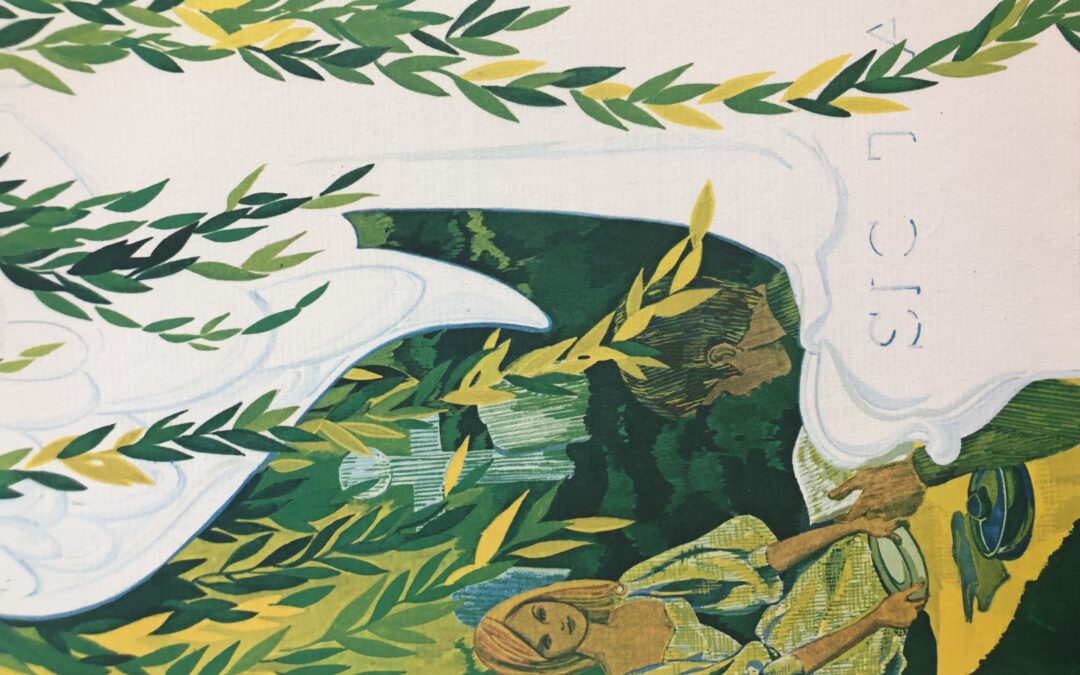 Hazelton prefers picnics that are not spontaneous.. She contends a picnic begins when you “invite the people and then figure out the food.” “My idea of a good picnic, she writes, “is one that I can fix up at home and need only carry and unpack at the chosen spot. I...
Hazelton prefers picnics that are not spontaneous.. She contends a picnic begins when you “invite the people and then figure out the food.” “My idea of a good picnic, she writes, “is one that I can fix up at home and need only carry and unpack at the chosen spot. I...
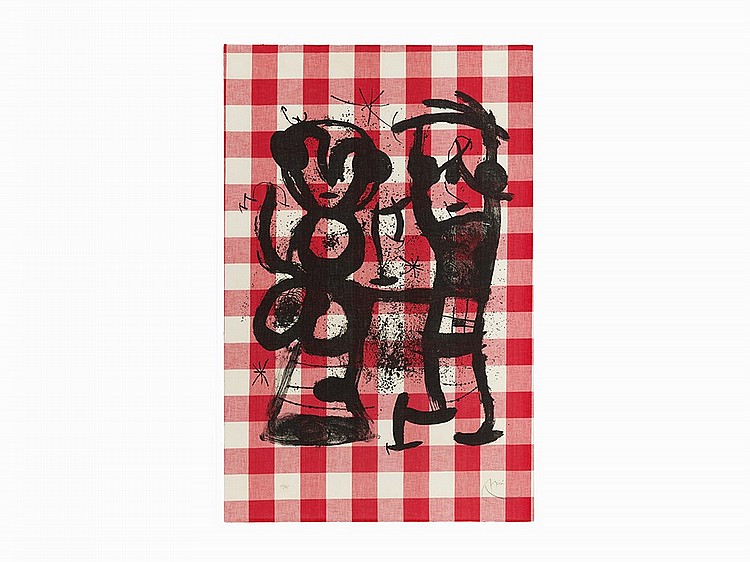 Miró probably printed this image of rustics at play on a typical picnic cloth of red gingham as a decorative joke. Miró has said it’s never easy for him to talk about his art. In a letter to Pierre Matisse, however, he explains that he is drawn to his objects by some...
Miró probably printed this image of rustics at play on a typical picnic cloth of red gingham as a decorative joke. Miró has said it’s never easy for him to talk about his art. In a letter to Pierre Matisse, however, he explains that he is drawn to his objects by some...
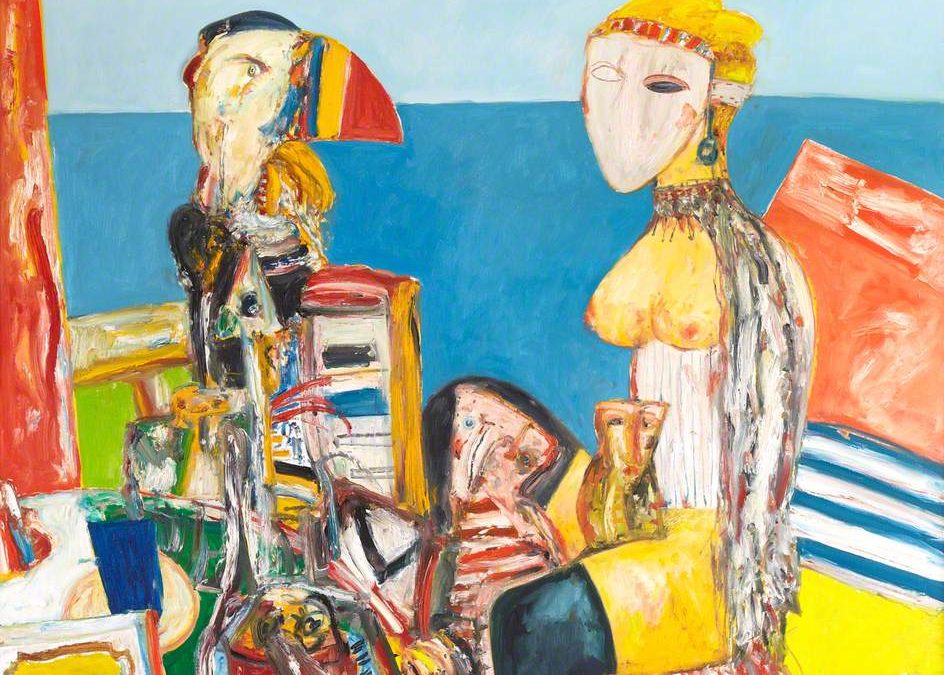 Strange figures and vibrant colors make this picnic unsettling. The setting appears to be a sailboat in which a puffin sits beside a bare-breasted woman with a face like a mask. There is a dog in her lap and a striped tabby at her knee. Above the funnel (lower right)...
Strange figures and vibrant colors make this picnic unsettling. The setting appears to be a sailboat in which a puffin sits beside a bare-breasted woman with a face like a mask. There is a dog in her lap and a striped tabby at her knee. Above the funnel (lower right)...
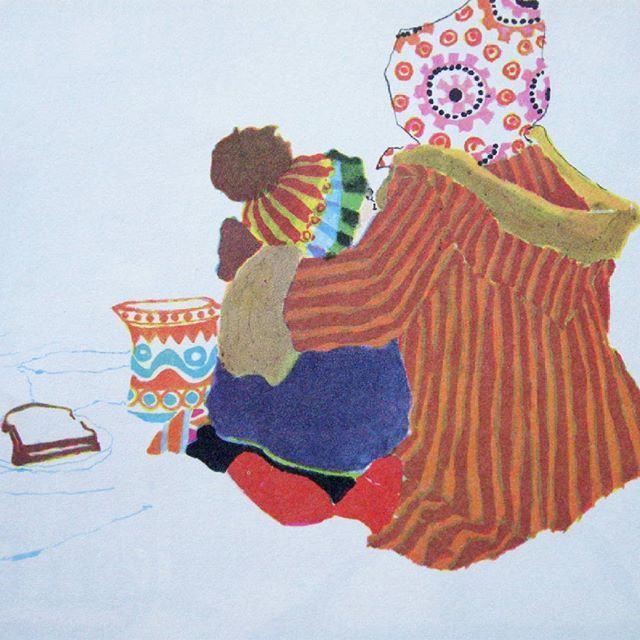 Welber’s The Winter Picnic is about a willful boy who wants a picnic, even in the snow. Adam is a city boy who wants to picnic even in the snow despite his mother’s protestations. Adam bundles up and plays picnic: he makes plates, cups, and a bowl out of snow but...
Welber’s The Winter Picnic is about a willful boy who wants a picnic, even in the snow. Adam is a city boy who wants to picnic even in the snow despite his mother’s protestations. Adam bundles up and plays picnic: he makes plates, cups, and a bowl out of snow but...
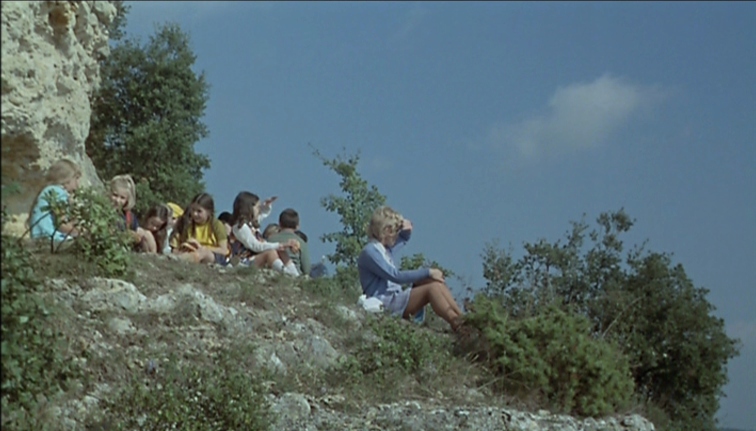 It’s an ordinary school trip when Hélène guides her class to Cougnac Caves above the Dordogne River. The cave paintings are thirty-thousand-year-old, but lunch is more important for the children. They chatter when Hélène has the children safely settled on the...
It’s an ordinary school trip when Hélène guides her class to Cougnac Caves above the Dordogne River. The cave paintings are thirty-thousand-year-old, but lunch is more important for the children. They chatter when Hélène has the children safely settled on the...
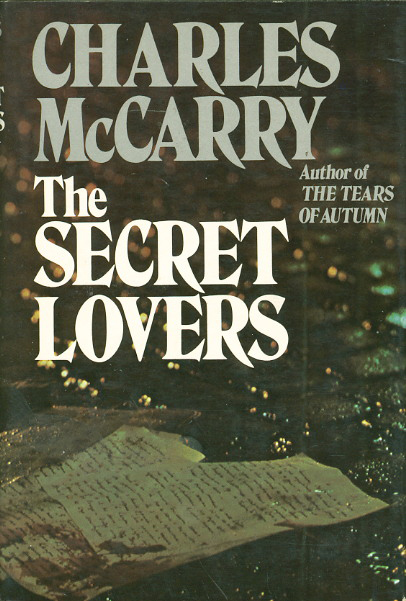 The picnic in McCarry’s The Secret Lovers, a Cold War spy-versus-spy novel, is a sly allusion to Édouard Manet’s Le déjeuner sur l’herbe. When Paul Christopher’s boss David Patchen complains that Impressionists bore him and “Picnics explain nothing,”...
The picnic in McCarry’s The Secret Lovers, a Cold War spy-versus-spy novel, is a sly allusion to Édouard Manet’s Le déjeuner sur l’herbe. When Paul Christopher’s boss David Patchen complains that Impressionists bore him and “Picnics explain nothing,”...
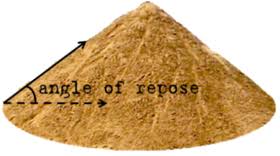 The premise of Angle of Repose is that Susan Burling’s marriage to Oliver Ward was no picnic. It’s a sad narrative without the pleasures and high spirits of a picnic. According to her grandson Lyman Ward, who writes her life story, Susan Burling’s marriage to Oliver...
The premise of Angle of Repose is that Susan Burling’s marriage to Oliver Ward was no picnic. It’s a sad narrative without the pleasures and high spirits of a picnic. According to her grandson Lyman Ward, who writes her life story, Susan Burling’s marriage to Oliver...
![Albert E. Brumley’s All-Day Singin’ and Dinner on the Ground[s] (1972)](https://picnicwit.com/wp-content/uploads/2018/02/Albert-Brumley.-All-Day-Singin-and-Dinner-on-the-Ground-1080x675.jpg) Camp meetings are an American tradition, the first of which seems to have been organized by James McGready (c.1760–1817) based on the Scottish Presbyterian outdoor revival meetings. These meetings were introduced to England in 1807, especially by the Methodists. The...
Camp meetings are an American tradition, the first of which seems to have been organized by James McGready (c.1760–1817) based on the Scottish Presbyterian outdoor revival meetings. These meetings were introduced to England in 1807, especially by the Methodists. The...
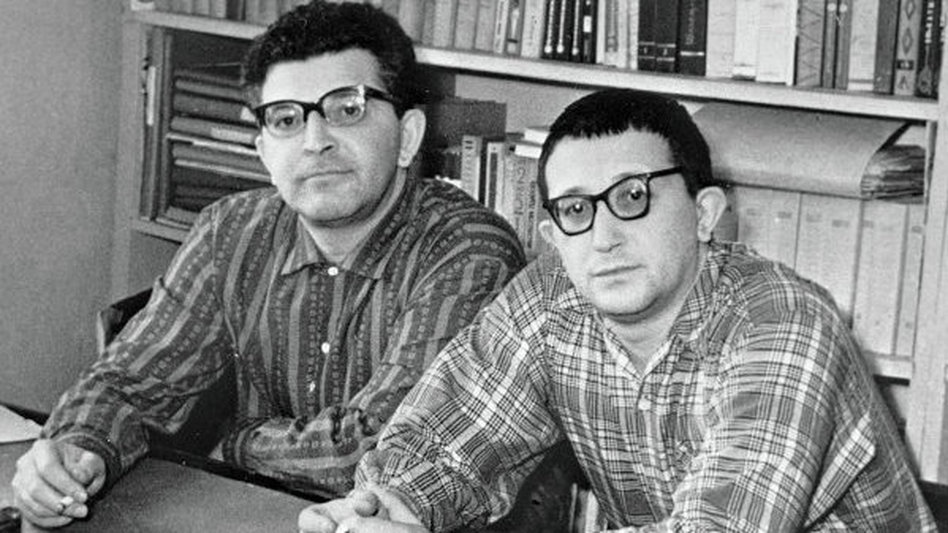 The Strugatsky’s Roadside Picnic is somewhere in Canada, where specialists pick through the debris left by careless Extraterrestrial picnickers. There is no picnic.The picnic is a metaphor offered by knowledgeable scientist Valentine Pillman to explain the...
The Strugatsky’s Roadside Picnic is somewhere in Canada, where specialists pick through the debris left by careless Extraterrestrial picnickers. There is no picnic.The picnic is a metaphor offered by knowledgeable scientist Valentine Pillman to explain the...









![Albert E. Brumley’s All-Day Singin’ and Dinner on the Ground[s] (1972)](https://picnicwit.com/wp-content/uploads/2018/02/Albert-Brumley.-All-Day-Singin-and-Dinner-on-the-Ground-1080x675.jpg)

